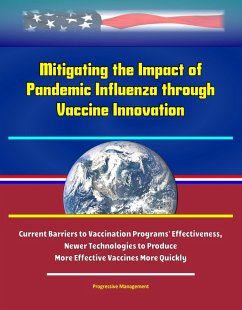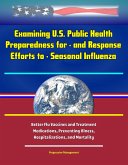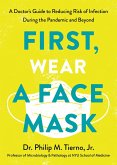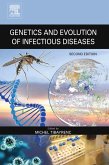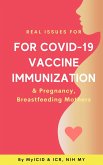Every year, millions of Americans suffer from seasonal influenza, commonly known as "the flu," which is caused by influenza viruses. A new vaccine is formulated annually to decrease infections resulting from the small genetic changes that continually occur in the most prevalent viruses and make them less recognizable to the human immune system. There is, however, a 4 percent annual probability of pandemic influenza resulting from large and unpredictable genetic changes leading to an easily transmissible influenza virus for which much of the population would lack the residual immunity that results from prior virus exposures and vaccinations. The Council of Economic Advisors (CEA) finds that in a pandemic year, depending on the transmission efficiency and virulence of the particular pandemic virus, the economic damage would range from $413 billion to $3.79 trillion. Fatalities in the most serious scenario would exceed half a million people in the United States. Millions more would be sick, with between approximately 670,000 to 4.3 million requiring hospitalization. In a severe pandemic, healthy people might avoid work and normal social interactions in an attempt to avert illness by limiting contact with sick persons. By incapacitating a large fraction of the population, including individuals who work in critical infrastructure and defense sectors, pandemic influenza could threaten U.S. national security.
This compilation includes a reproduction of the 2019 Worldwide Threat Assessment of the U.S. Intelligence Community.
Dieser Download kann aus rechtlichen Gründen nur mit Rechnungsadresse in A, B, CY, CZ, D, DK, EW, E, FIN, F, GR, H, IRL, I, LT, L, LR, M, NL, PL, P, R, S, SLO, SK ausgeliefert werden.

